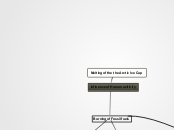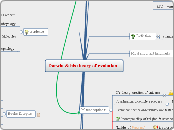door WONG KANG YOU N/A 7 jaren geleden
457
3E Animals (Group 5)
Newts belong to the subfamily Pleurodelinae and are unique among salamanders for their semiaquatic nature, transitioning between water and land throughout the year. Newts undergo three life stages:









